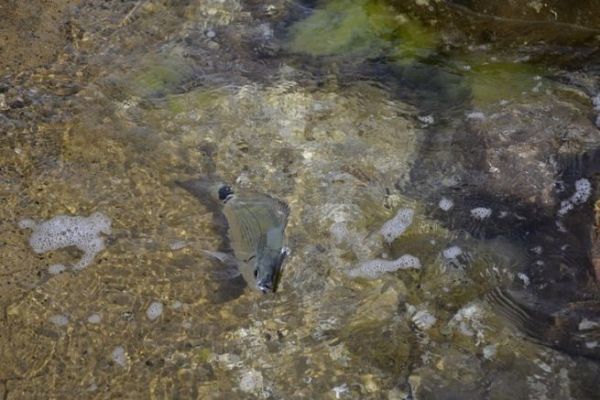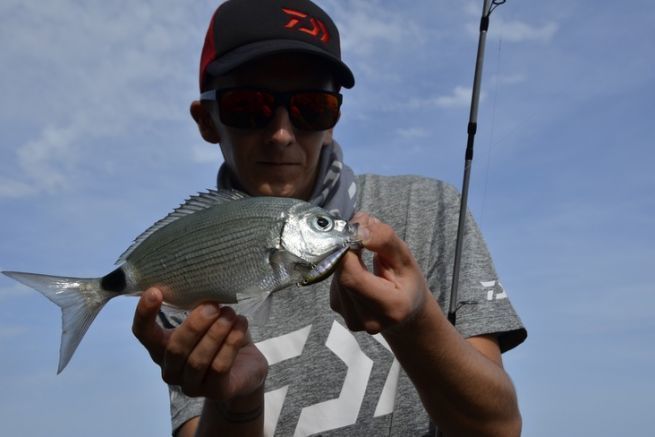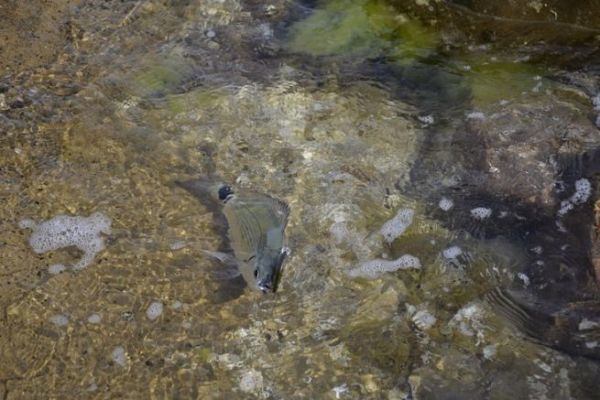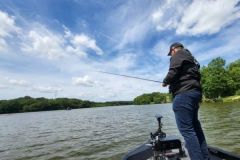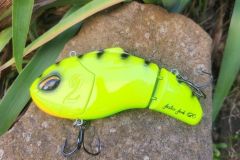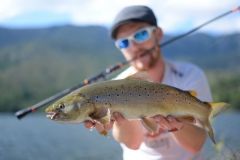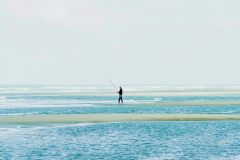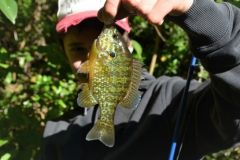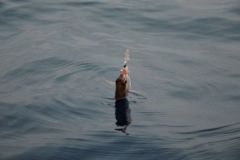Choosing the right lure
The oblade's behavior is typical of an aggressive predatory fish of the Mediterranean coast. Large individuals generally move in small groups of 3 to 10 and pursue their prey along the coast. The oblade's favorite food is undoubtedly small Mediterranean forage fish such as joel or anchovy. These prey measure between 2 and 7 cm, so the hard lure used should be approximately the same size. Small, short-lipped swimming fish are the most effective, as their very rapid vibrations are reminiscent of a small fish on the run and trigger aggressive reactions.
When it comes to color, there are several options to choose from, depending on the clarity of the water and the state of the sea. Long, sunny summer days, when the water is warm and clear, lend themselves to natural colors in shades of blue and gray. Dark colors, which stand out easily in wave-swept water, are more suited to winter.
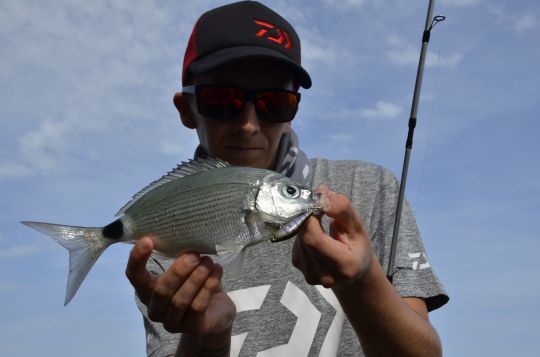
Fishing in the right place
The oblade, although found just about everywhere, is fished in quite specific places, especially with hard lures. Rocky points where the current pushes a large quantity of food are areas that oblades particularly appreciate all year round. In winter, wave-swept areas where foam accumulates on the surface are very favourable and allow us to fish undetected.
The oblade doesn't only live on rocky coasts, it can also be fished near harbours or on sandy beaches. Sinking swimbaits are very effective here, as they can be cast long distances and comb more ground. If you're fishing rocky shores, suspending or floating lures are more suitable, as they're less likely to touch the bottom and therefore less likely to snag.
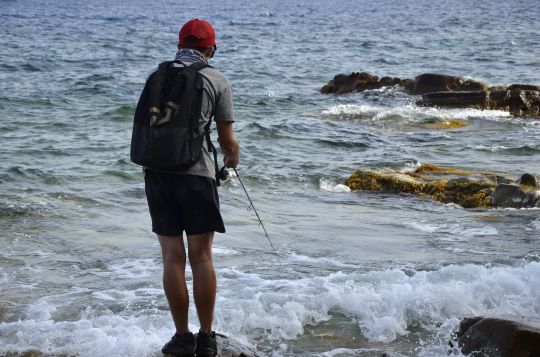
Lightweight equipment for more fun
The oblade is a very combative fish for its size, but it rarely exceeds 30 cm. If you want to cast small swimming fish weighing less than 10 grams and have fun at the same time, you'll need a rod with a casting power of between 4 and 15 grams. A sensitive tip will also enable you to feel the vibration of the lure and detect bites. It will also let you know when the lure is not swimming, if, for example, a seaweed is stuck in the hooks.
